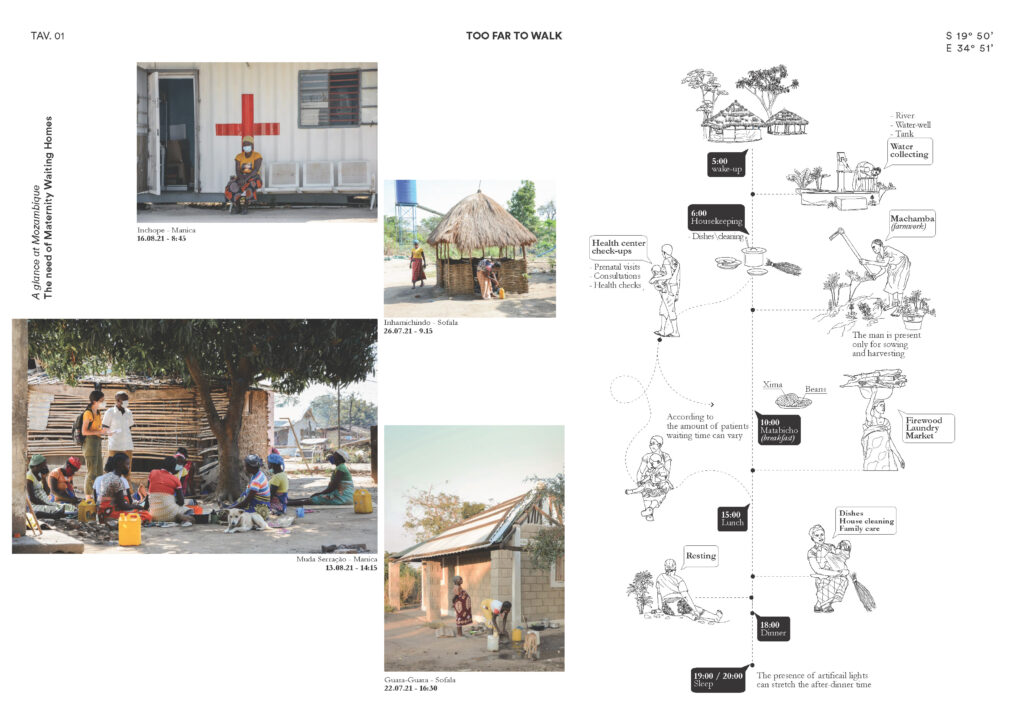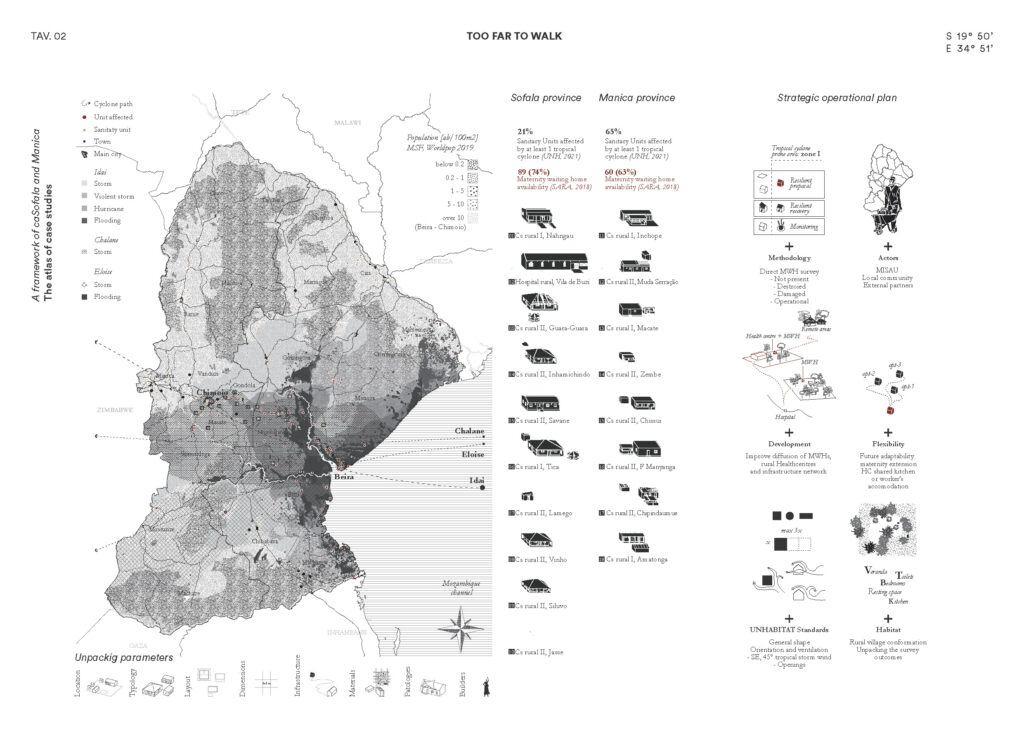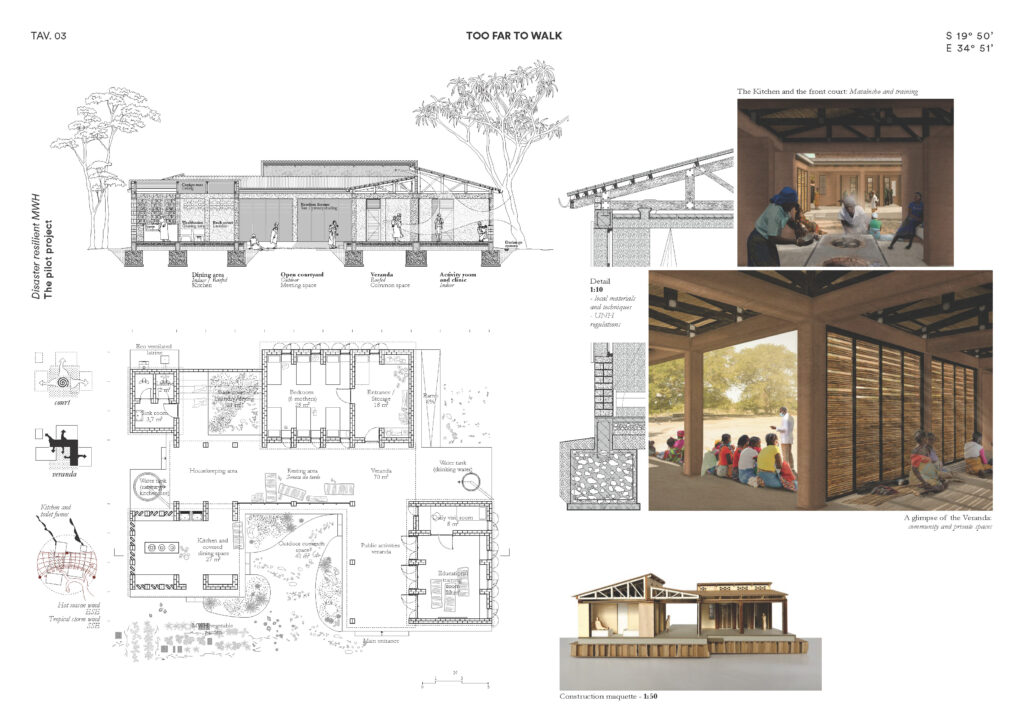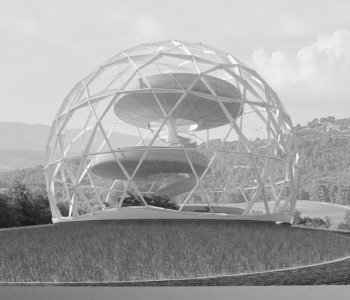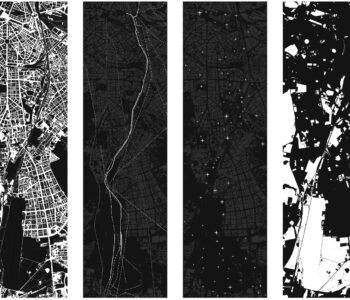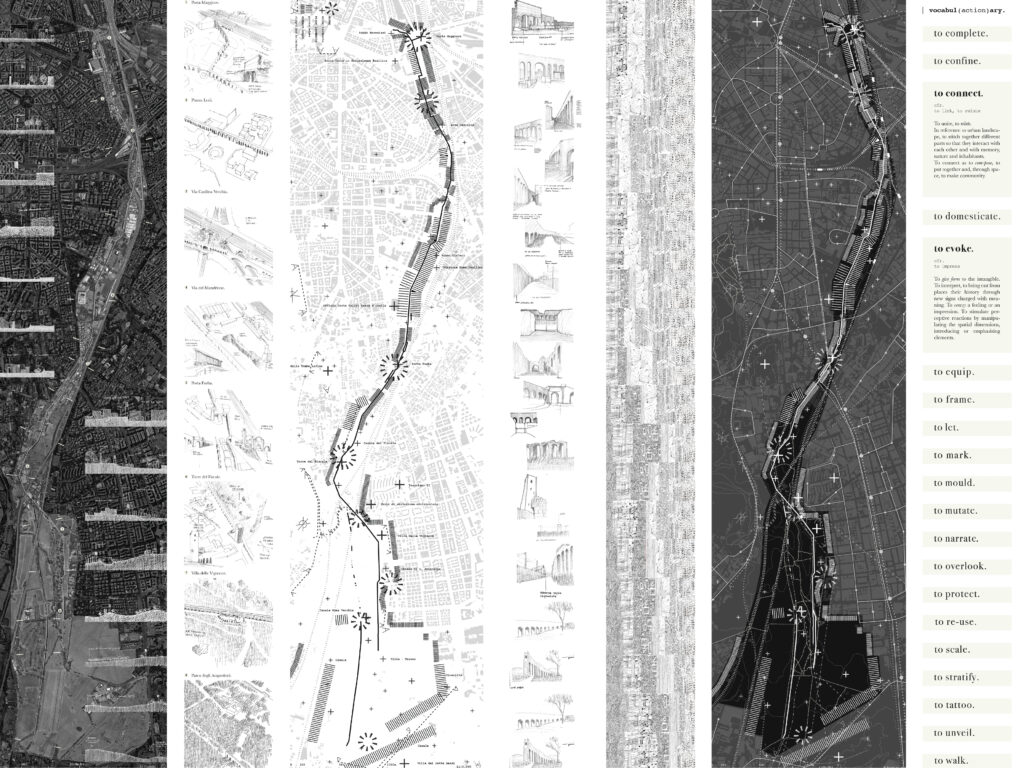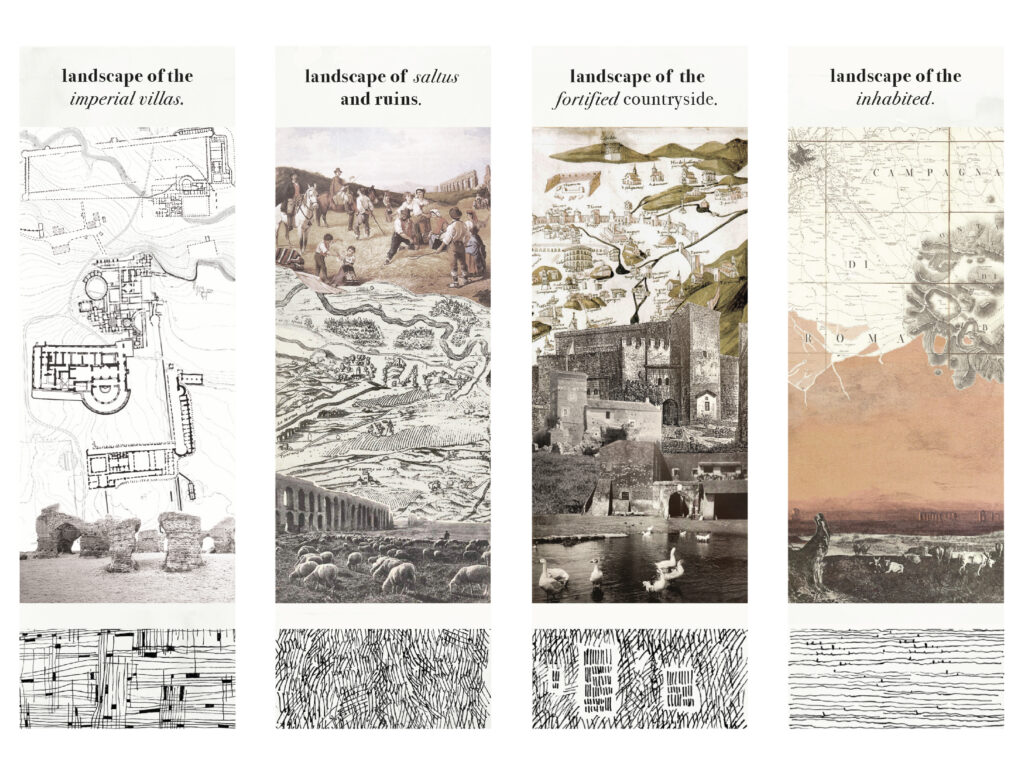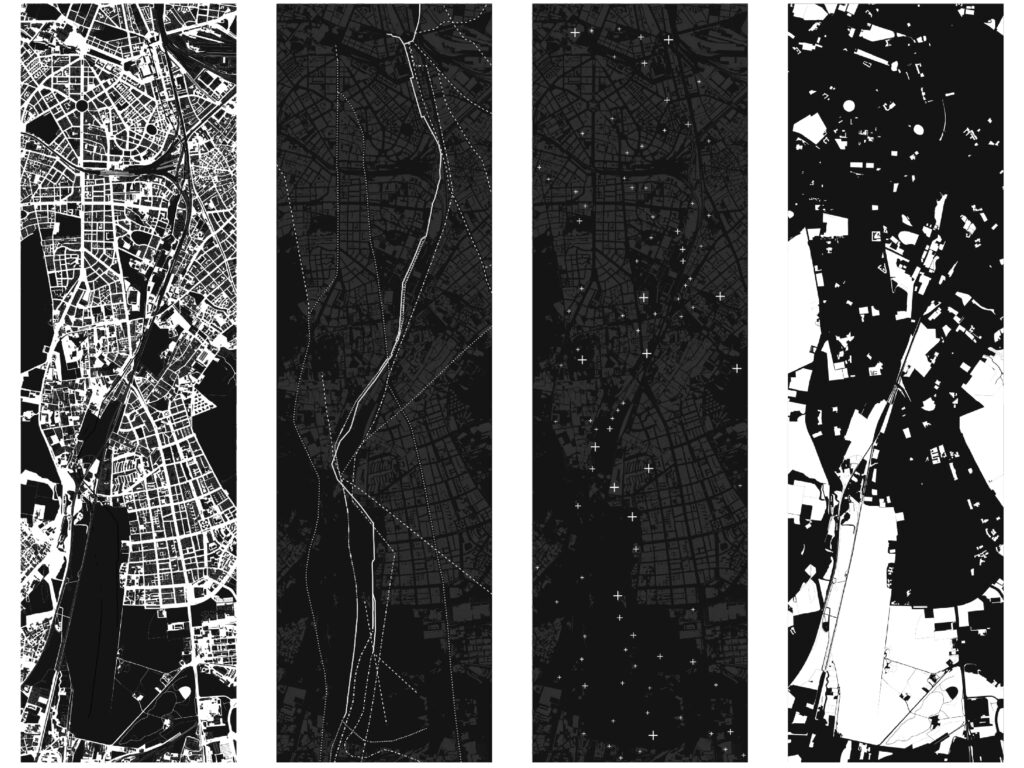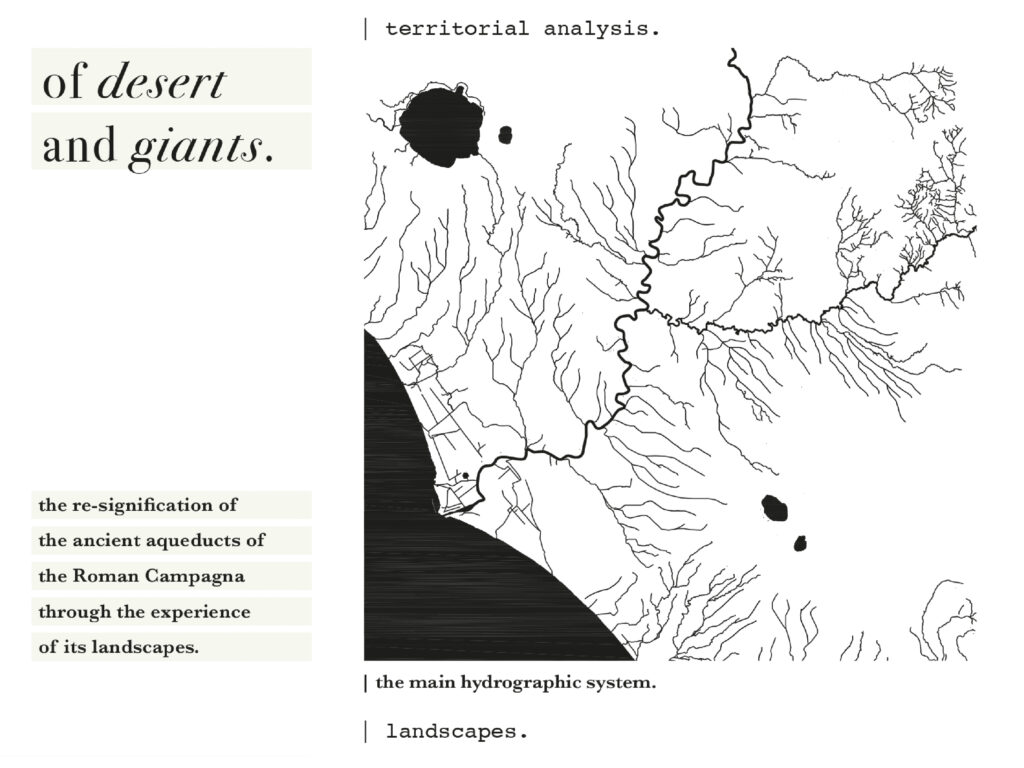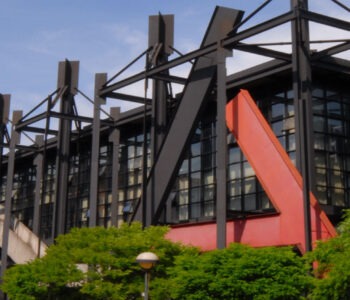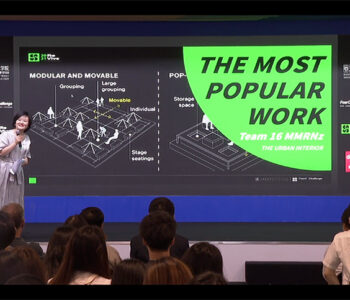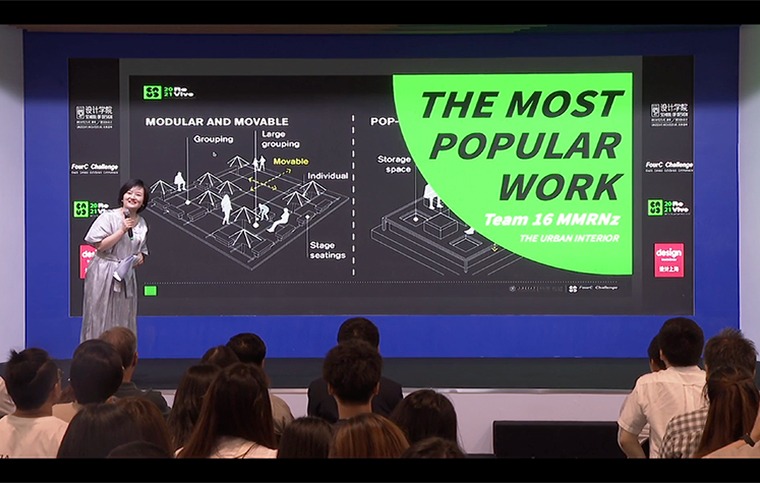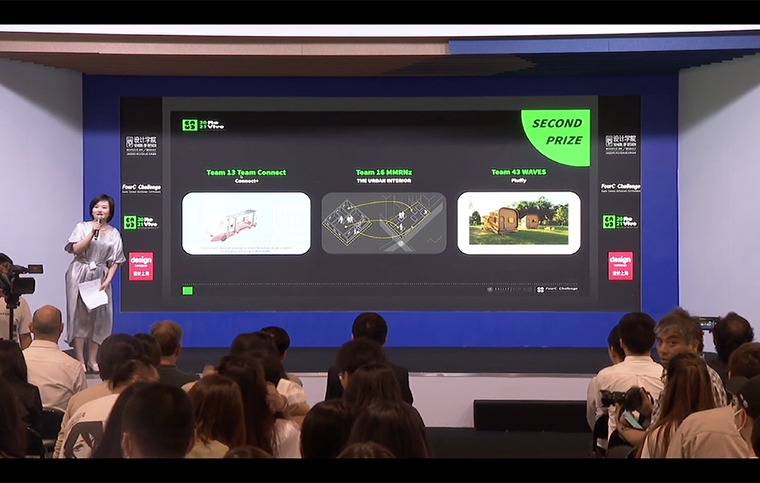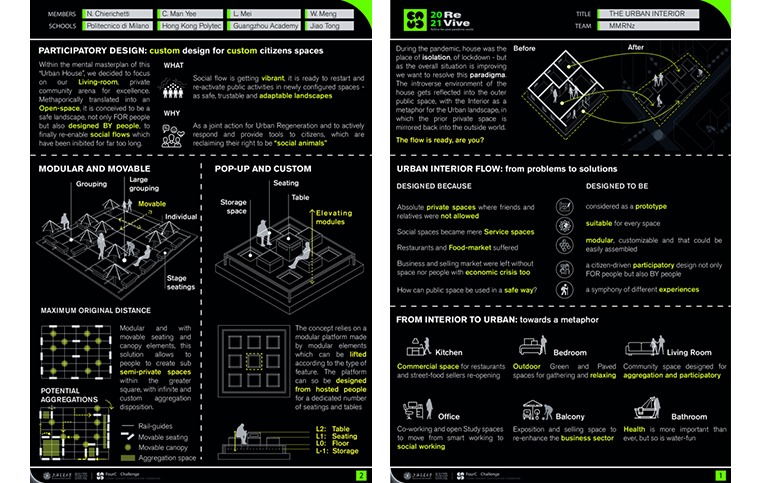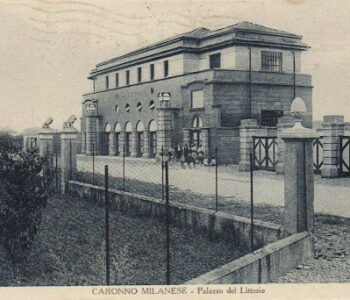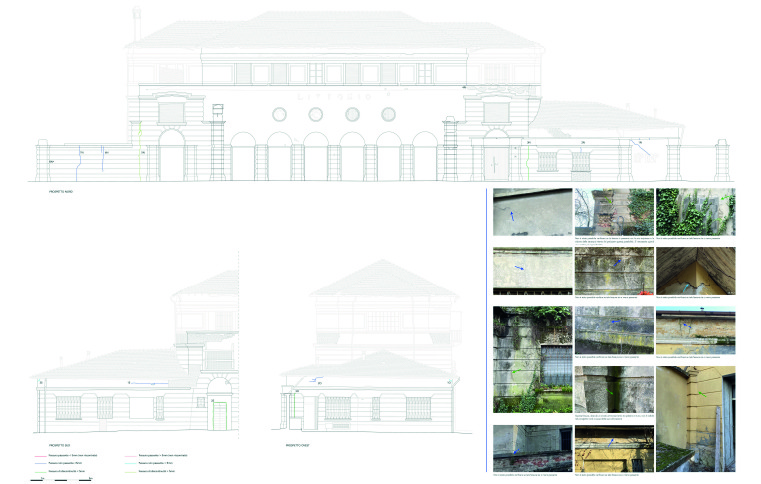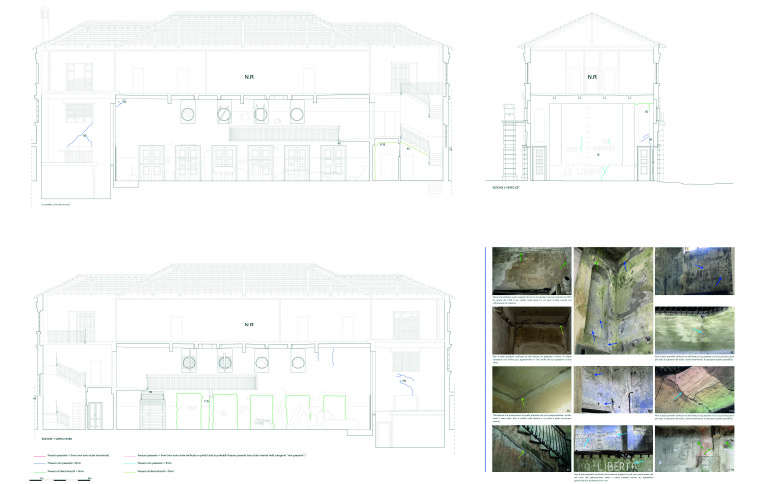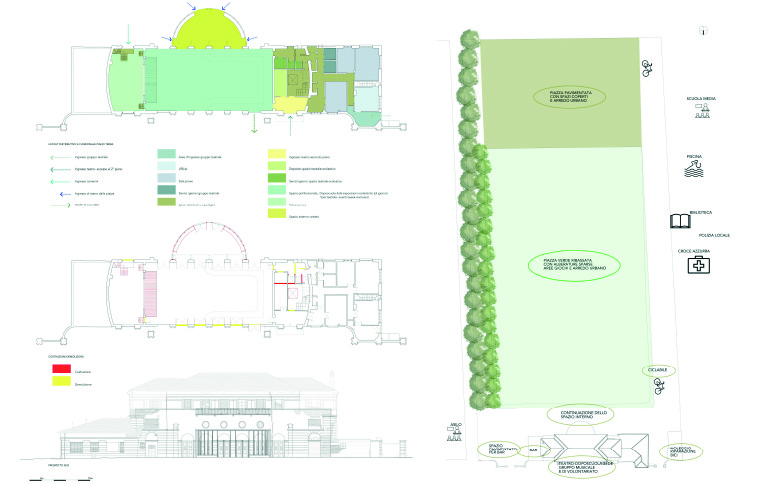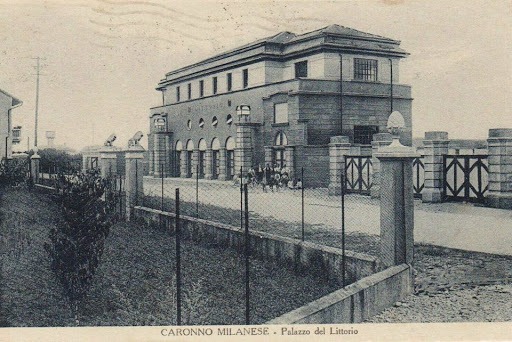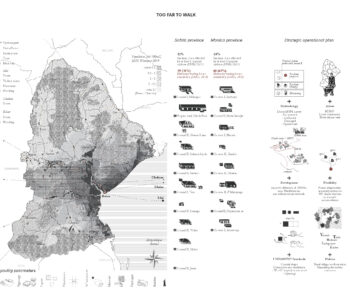 Press
Press
Tatiana Levitskaya e Massimiliano Piffer, Primo posto al Premio…
1° Premio: 1.000,00 € + 4 libri selezionati da Fondazione OAMI
Too far to walk – Disaster Resilent Maternity Waiting Home in Mozambique, di Tatiana Levitskaya e Massimiliano Piffer, relatori Camillo Magni, Isacco Rama. Laurea Magistrale in Architecture and Urban Design.
Commento della giuria:
per l’approccio metodologico che tiene conto degli aspetti antropologici, sociologici e di vivibilità. È stata premiata l’intepretazione all’approccio verso la pratica professionale del progetto contemporaneo, con particolare attenzione della tesi al tema costruttivo. È stato preso in considerazione anche l’uso dei materiali e delle tecniche costruttive del contesto in cui si opera, favorendo la costruzione di una microeconomia legata alla realizzazione del progetto.
